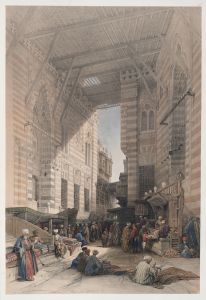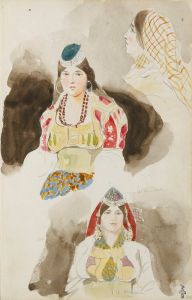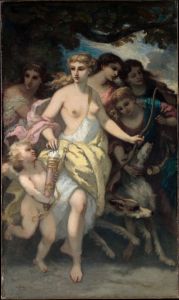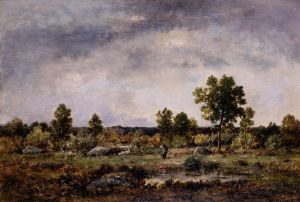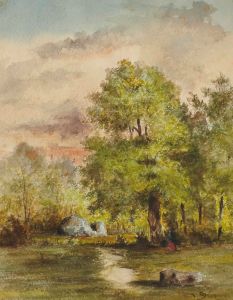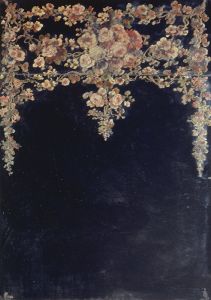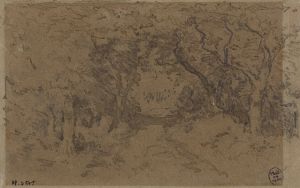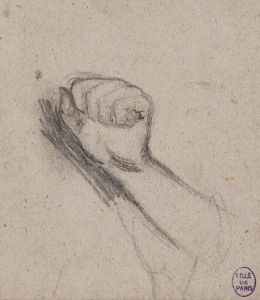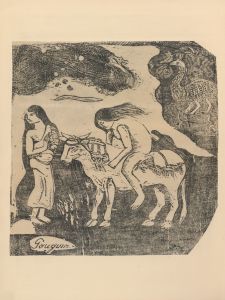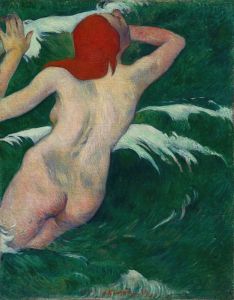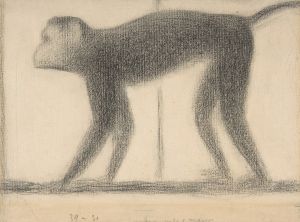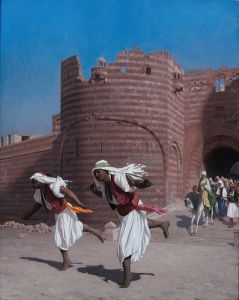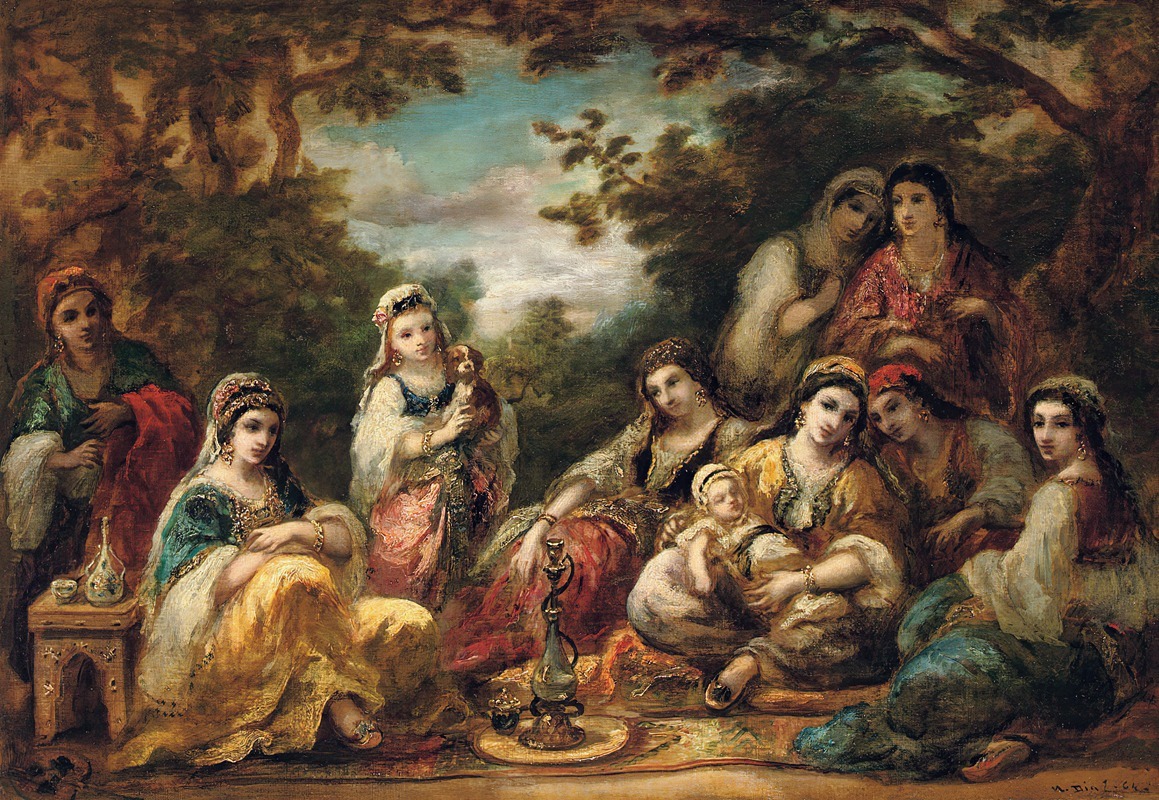
Oriental ladies at leisure
A hand-painted replica of Narcisse-Virgile Diaz de La Peña’s masterpiece Oriental ladies at leisure, meticulously crafted by professional artists to capture the true essence of the original. Each piece is created with museum-quality canvas and rare mineral pigments, carefully painted by experienced artists with delicate brushstrokes and rich, layered colors to perfectly recreate the texture of the original artwork. Unlike machine-printed reproductions, this hand-painted version brings the painting to life, infused with the artist’s emotions and skill in every stroke. Whether for personal collection or home decoration, it instantly elevates the artistic atmosphere of any space.
Narcisse-Virgile Diaz de la Peña (1807–1876) was a French painter associated with the Barbizon School, a group of artists known for their focus on natural landscapes and scenes of rural life. While Diaz de la Peña is primarily celebrated for his landscapes, he also created works featuring figures, often with an exotic or romanticized theme. One such painting attributed to him is Oriental Ladies at Leisure.
This artwork reflects the 19th-century European fascination with Orientalism, a term used to describe the depiction of Middle Eastern, North African, and Asian cultures through a Western lens. Orientalist art often romanticized and idealized these cultures, presenting them as exotic and mysterious. In Oriental Ladies at Leisure, Diaz de la Peña portrays women in a relaxed setting, possibly in a harem or private garden, which were common themes in Orientalist art of the time. The painting emphasizes rich textures, vibrant colors, and intricate details, showcasing the artist's skill in rendering luxurious fabrics and atmospheric settings.
Diaz de la Peña's interest in Orientalist themes was not unique; many 19th-century European artists, including Eugène Delacroix and Jean-Léon Gérôme, explored similar subjects. This trend was influenced by increased contact between Europe and the Ottoman Empire, as well as the broader colonial expansion into the East. However, it is important to note that such works often reflected Western fantasies rather than accurate representations of the cultures they depicted.
The exact date of creation for Oriental Ladies at Leisure is not documented, but it likely falls within the mid-19th century, during the height of Diaz de la Peña's career. The painting exemplifies his ability to blend figure painting with the atmospheric qualities for which he was renowned in his landscapes. While the work is less well-known compared to his forest scenes, it demonstrates his versatility as an artist.
As with many Orientalist works, modern audiences may view Oriental Ladies at Leisure through a critical lens, recognizing the cultural biases inherent in such depictions. Nevertheless, the painting remains a testament to Diaz de la Peña's artistic talent and the broader artistic trends of his time.
Further details about the painting, such as its current location or provenance, are not readily available in public records.





